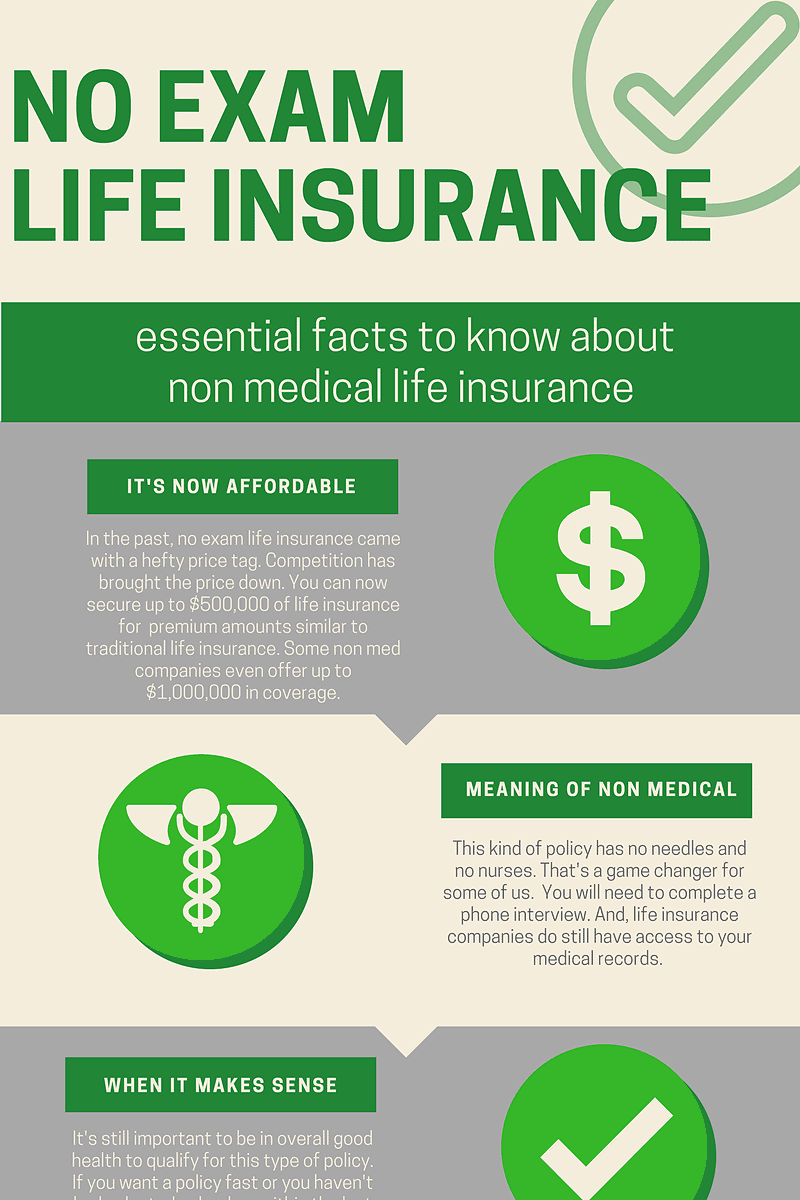Yes, it is possible for two people to be at fault in a car accident. This is known as “comparative fault” or “contributory negligence.” In these cases, each driver is assigned a percentage of fault for the accident. This percentage is then used to determine how much each driver is responsible for paying for the damages. For example, if one driver is found to be 70% at fault and the other driver is found to be 30% at fault, the first driver would be responsible for paying 70% of the damages and the second driver would be responsible for paying 30% of the damages.
There are a number of factors that can contribute to a comparative fault finding in a car accident. These factors include:
* The actions of each driver
* The condition of each vehicle
* The road conditions
* The weather conditions
It is important to note that comparative fault laws vary from state to state. In some states, a driver can only be held liable for damages if they are found to be more than 50% at fault. In other states, a driver can be held liable for damages even if they are only found to be 1% at fault.
If you have been involved in a car accident, it is important to speak to an attorney to discuss your rights. An attorney can help you determine if you may be entitled to compensation for your injuries and damages.
Can Two People Be at Fault in a Car Accident?
In the aftermath of a car accident, the question of who is at fault looms large. While the answer may seem clear-cut in some cases, it’s not always so black and white. In fact, it’s entirely possible for both drivers to share the blame.
Determining Fault in Car Accidents
Determining fault in a car accident is a complex process that involves a careful examination of the evidence. Insurance companies, lawyers, and even law enforcement officers must consider a wide range of factors, including:
- The actions of both drivers
- The condition of the vehicles
- The condition of the road
- The weather conditions
- Any witnesses who saw the accident
In many cases, the police will issue a traffic citation to the driver they believe to be at fault. However, this is just the beginning of the process. Insurance companies will conduct their own investigations, and the parties involved may file lawsuits to seek compensation for damages.
Comparative Negligence Laws
In most states, the concept of comparative negligence applies to car accident cases. This means that fault is apportioned to each driver based on their percentage of responsibility for the accident.
For example, if a driver is found to be 75% at fault for an accident, they will only be able to recover 25% of their damages from the other driver. This system ensures that both parties are held accountable for their actions.
Comparative Fault and Contributory Negligence
There are two main types of comparative negligence laws:
- Pure comparative negligence
- Modified comparative negligence
Under pure comparative negligence laws, a driver can recover damages even if they were more than 50% at fault for the accident. However, their damages will be reduced in proportion to their percentage of fault.
Under modified comparative negligence laws, a driver cannot recover damages if they were more than 50% at fault for the accident. This system is more favorable to defendants, as it provides them with a complete defense to liability.
If you have been involved in a car accident, it is important to speak to an experienced attorney to discuss your case. An attorney can help you to determine fault, file a claim, and negotiate a settlement.
Can Two People Be at Fault in a Car Accident?
When a car accident occurs, it’s natural to wonder who’s to blame, right? After all, someone has to pay for the damages, right? In most cases, the answer is straightforward, but there are times when both drivers share some degree of fault.
Shared Fault
In some cases, both drivers may share some degree of fault for an accident. This is known as shared fault or comparative negligence. Determining fault in a car accident can be a complex process, and each case is unique. However, there are some general principles that apply in most cases.
If both drivers are found to be at fault, the amount of compensation each driver receives will be reduced in proportion to their degree of fault. For example, if one driver is found to be 70% at fault and the other driver is found to be 30% at fault, the driver who is 70% at fault will only receive 30% of their damages. The driver who is 30% at fault will receive 70% of their damages.
There are a number of factors that can contribute to shared fault in a car accident. These include:
1. Speeding
2. Running a red light or stop sign
3. Failing to yield
4. Distracted driving
5. Driving under the influence of alcohol or drugs
If you’re involved in a car accident, it’s important to contact an attorney to discuss your options. An attorney can help you determine if you have a case for shared fault and can help you get the compensation you deserve.
Can Two People Be at Fault in a Car Accident?
Of course they can! When drivers collide on the road, it’s not always a case of one party being solely at fault. In many cases, both drivers may share some level of responsibility for the accident. This is especially true in situations where both drivers are found to have been negligent.
Comparative Negligence
Many states use a system of comparative negligence, which allows the court to assign a percentage of fault to each driver. This means that even if one driver is found to be more at fault than the other, the other driver may still be held liable for a portion of the damages. The percentage of fault assigned to each driver will be based on the specific facts of the case and the applicable comparative negligence laws in the state where the accident occurred.
For example, in a state that follows a pure comparative negligence system, each driver’s percentage of fault is determined without regard to the other driver’s fault. This means that even if one driver is 99% at fault, the other driver may still be held liable for the remaining 1% of the damages.
On the other hand, in a state that follows a 50% bar rule, a driver who is found to be more than 50% at fault for an accident may not be able to recover any damages from the other driver.
It’s important to note that comparative negligence laws vary from state to state. If you’ve been involved in a car accident, it’s important to speak to an attorney to understand your rights and options under the law.
Can Two People Be at Fault in a Car Accident?
A car accident can be a traumatic event, leaving you with physical injuries, emotional distress, and financial strain. If the accident was caused by someone else’s negligence, you may be entitled to compensation for your losses. But what happens when both drivers are partially to blame? Can two people be at fault in a car accident?
The answer to this question depends on the specific laws of the state where the accident occurred. In the United States, most states follow the principle of “comparative negligence.” This means that even if you are partially at fault for an accident, you may still be able to recover damages from the other driver, but your damages will be reduced in proportion to your own fault.
Negligence and Contributory Negligence
Negligence is the legal term for failing to exercise reasonable care to avoid harm to others. In a car accident case, negligence can include speeding, running a red light, or driving while intoxicated. Contributory negligence is a defense that can be raised by the defendant in a car accident case. Contributory negligence means that the plaintiff was also negligent and that their negligence contributed to the accident.
Pure Contributory Negligence
In some states, such as Alabama, Arkansas, Maryland, North Carolina, and Virginia, the doctrine of pure contributory negligence applies. This means that if you are found to be even 1% at fault for an accident, you cannot recover any damages from the other driver. Even if the other driver was 99% at fault, you would be barred from recovering any compensation.
Modified Comparative Negligence
In most states, the doctrine of modified comparative negligence applies. This means that even if you are partially at fault for an accident, you can still recover damages from the other driver, but your damages will be reduced in proportion to your own fault. For example, if you are found to be 20% at fault for an accident, you would be able to recover 80% of your damages from the other driver.
Comparative Fault and Insurance
In most states, the doctrine of comparative negligence also applies to insurance companies. This means that when two drivers are involved in an accident and both are found to be at fault, each driver’s insurance company will pay a percentage of the damages in proportion to their fault. For example, if you are found to be 20% at fault for an accident, your insurance company would pay 20% of the damages to the other driver, and the other driver’s insurance company would pay 80%.
Can Two People Be at Fault in a Car Accident?
If you are involved in a car accident, the first question that usually comes to mind is who is at fault. The answer to this question can be complex, as fault can often be shared between multiple parties. In this article, we will explore the factors that courts consider when determining fault in a car accident and provide examples to help you understand when multiple parties may be held liable for the incident.
Factors Considered in Fault Determination
When determining fault in a car accident, courts consider a range of factors, including:
- The Actions of Each Driver: The actions of each driver involved in the accident are closely scrutinized to determine who is at fault. This includes examining whether drivers were speeding, running red lights, or driving under the influence of alcohol or drugs.
- Traffic Laws: Traffic laws and regulations play a crucial role in determining fault. If a driver violates a traffic law, such as failing to yield or exceeding the speed limit, they may be held liable for the accident.
- Witness Statements: Witness statements provide valuable insights into what happened during the accident. Courts consider the credibility and reliability of witnesses when weighing their testimony.
- Physical Evidence: Physical evidence, such as skid marks, damage to vehicles, and debris, can help determine the sequence of events leading up to the accident.
- Expert Testimony: In complex cases, courts may appoint experts, such as accident reconstructionists or medical professionals, to provide technical analysis and opinions on the cause of the accident.
In many cases, multiple factors contribute to an accident, making it difficult to assign blame solely to one party. For example, if one driver runs a red light but another driver is speeding, both parties may share responsibility for the collision.
Shared Fault
When multiple parties are found to be at fault in a car accident, the courts will typically assign a percentage of fault to each party. This percentage is used to determine the amount of compensation that each party is entitled to receive. For example, if one driver is found to be 70% at fault and the other driver is 30% at fault, the 70% at-fault driver would be responsible for 70% of the damages, while the 30% at-fault driver would be responsible for the remaining 30%.
Comparative Negligence Laws
Most states have adopted comparative negligence laws, which allow for the apportionment of fault among multiple parties. Under comparative negligence, a plaintiff’s recovery is reduced in proportion to their own fault. For example, if a plaintiff is found to be 40% at fault for an accident, their recovery will be reduced by 40%.
Conclusion
Determining fault in a car accident can be a complex process that involves carefully considering multiple factors. In many cases, more than one party may share responsibility for the incident, resulting in shared fault and the apportionment of damages. Understanding the factors considered by courts and the principles of comparative negligence can help you navigate the legal process and protect your rights if you are involved in a car accident.
Can Two People Be at Fault in a Car Accident?
A car accident can be a harrowing experience, and determining who is at fault can be even more perplexing. The legal principle of comparative negligence holds that multiple parties can share responsibility for an accident. This concept applies to car accidents as well, meaning that two or more drivers can be found at fault.
Proving Fault in a Car Accident
Establishing fault in a car accident typically involves reviewing evidence such as police reports, witness statements, and traffic camera footage. Insurance companies also investigate accidents to assess liability and determine coverage.
Impact of Fault on Insurance
Determining fault is crucial for insurance purposes. The driver found to be primarily at fault will likely bear the brunt of the financial responsibility. Their insurance premiums may also increase as a result of the accident.
Shared Fault and Insurance Coverage
In cases where both drivers are found to be at fault, their insurance companies may share the cost of damages. For instance, if Driver A is found to be 60% at fault and Driver B is 40% at fault, Driver A’s insurance would cover 60% of the damages while Driver B’s insurance would cover 40%.
Contributory Negligence
Some states follow the principle of contributory negligence. Under this rule, if a driver is even slightly at fault for an accident, they may be barred from recovering any damages. This can lead to unfair outcomes, as even a minor mistake can prevent a victim from receiving compensation.
Comparative Negligence vs. Contributory Negligence
In states that have adopted comparative negligence laws, a driver’s recovery is reduced in proportion to their degree of fault. This allows victims to receive partial compensation even if they share some responsibility for the accident.
Conclusion
Car accidents can be complex legal matters, and determining fault can be a challenging endeavor. By understanding the principles of shared fault and insurance coverage, individuals involved in accidents can navigate the legal and insurance processes more effectively.




Leave a Reply